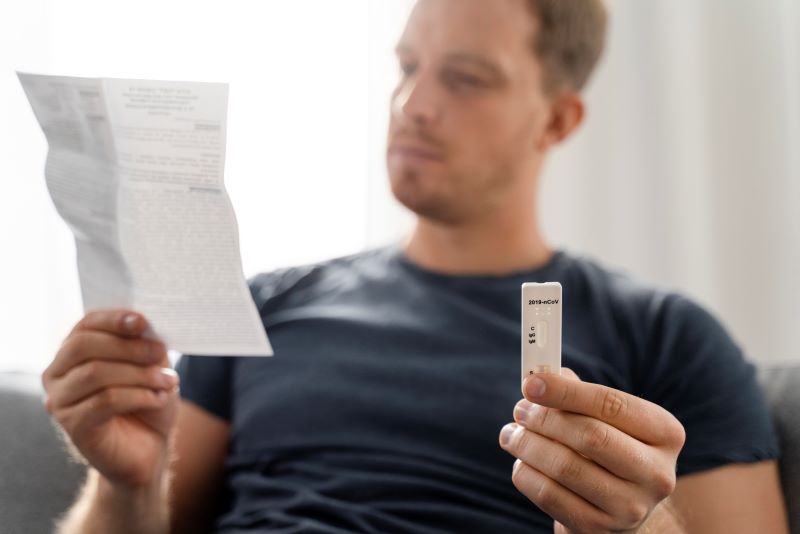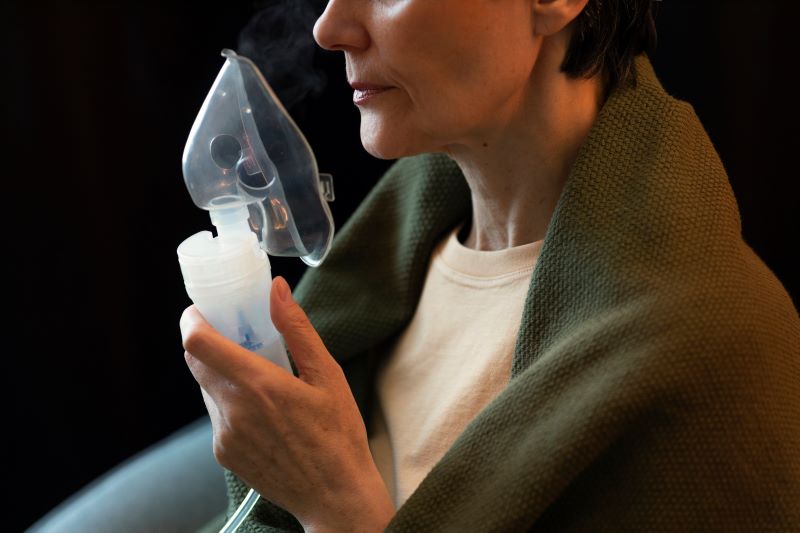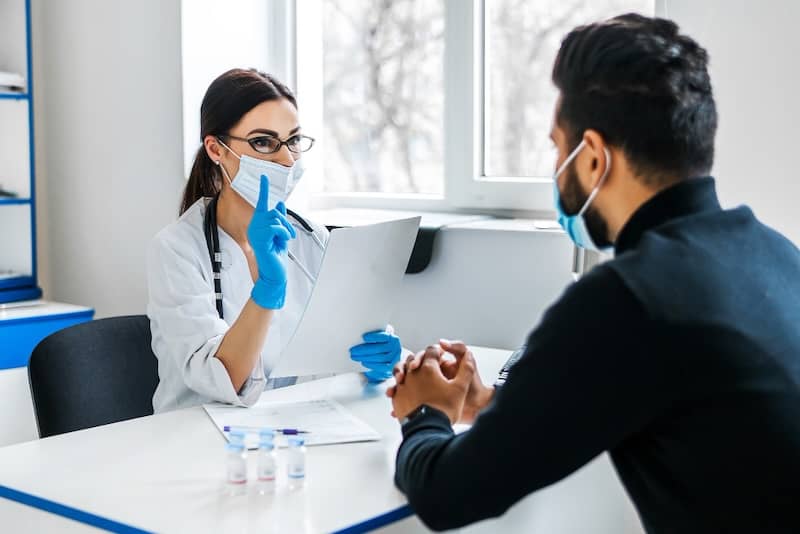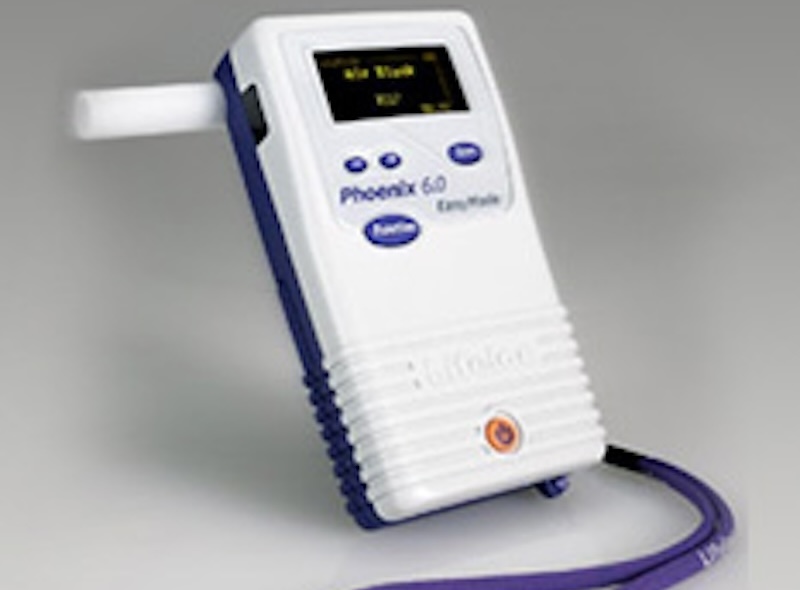Breath alcohol testing is a non-invasive method for determining your breath alcohol concentration quickly. These tests ensure you or others in safety-sensitive positions are not under the influence of alcohol when on duty. You may need to submit for breath alcohol testing during pre-employment checks or after an incident or accident. The DOT requires random testing, return-to-duty testing after a violation, and testing if there’s reasonable suspicion that you are impaired.
As a commercial driver, there are many tests and procedures you need to be familiar with. As a commercial driver, there are many tests and procedures you need to be familiar with. Knowing what is expected of you for the test is crucial to help everything go smoothly. Review the following process to better understand how breath alcohol testing works:
You Will Receive Notice First
Unless you are submitting to a breath alcohol test immediately post-accident on the scene, you will receive notice to go for a breath alcohol test. You will provide the testing notification form and valid photo identification to the breath alcohol technician (BAT.)
You Will Be Tested In Private
The technician will take you to a confidential testing space. This is to maintain privacy and ensure your test results will get in authorized hands. They will verify your identity by using your photo ID and asking for your name. They may ask about your age, weight, or medication conditions that could influence your result.
To ensure you understand the process, they should always explain the testing procedure before beginning. You can also voice any questions or concerns at this time. You must sign step two of the alcohol testing form. If you refuse, it’s considered as a refusal to test and viewed as a positive test result.
The Initial Alcohol Screening Test
To ensure accurate results, technicians can only use devices they are trained on, which must be DOT-approved. They should prepare the breath alcohol testing equipment in front of you. They can use DOT-approved alcohol testing strips or a breathalyzer.
If it’s a breathalyzer, they will give you a disposable mouthpiece. This is to ensure a proper seal and prevent contaminants from affecting your test results. They will instruct you to take a deep breath and then exhale or blow steadily into the breathalyzer until it prompts you to stop.
The device will measure the alcohol content in your breath. The technician must show you the test reading. If the concentration is less than 0.02, no further testing is required. The breath alcohol technician will document the result on the alcohol testing form. You and your workplace’s designated employer representative (DER) will get a copy of the results.
A Confirmation Test
While the legal breath alcohol concentration limit when driving a personal vehicle is 0.08, you cannot have alcohol in your system while operating a commercial motor vehicle or working in a safety-sensitive position. If your screening test result is 0.02 or greater, you must have a confirmation test.
You must wait a minimum of 15 minutes but at most 30. During this time, you will not be allowed to leave the testing area, eat, drink, smoke, or put anything in your mouth. The technician will observe you for the entire waiting period. If you decide to leave before they perform the confirmation test, it’s counted as a refusal to test.
The technician must perform an air blank on the evidential breath testing device, which must read 0.00. They must show it to you, demonstrating that there is no remaining alcohol in the air or the testing device. They will give you another disposable mouthpiece and repeat the same test procedure. The result on the display and printout must match.
They will document the result on your alcohol testing form and provide copies to you and the DER. If the result is still 0.02 or greater, they will immediately report it to the DER and coordinate with the employer to arrange for your transportation from the collection site.
Legal Considerations
Confirmation test results are the final result of a breath alcohol test. They can be used as evidence in legal proceedings and significantly affect your commercial driving license or record. You must understand your workplace’s policy, regulations, and laws surrounding alcohol consumption, driving, and other relevant activities professionally and personally.
Testing Difficulties
The test will be reattempted if you cannot provide an adequate breath sample for the device to obtain a reading. After several attempts, you will need to have a medical evaluation to see if there’s any reason you cannot provide a sample. If there’s no physiological or psychological reason, it will be recorded as a refusal to test.
The DOT’s testing procedures and policies ensure your safety and those on the road around you. Breath alcohol testing is one vital tool for reducing preventable accidents and injuries. It is within your rights to ensure proper testing procedures are followed. However, you must submit for testing when notified. Ensure you are current on your workplace’s tolerance policy and avoid drinking alcohol within four hours of going on call or duty.






